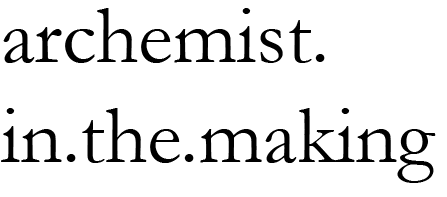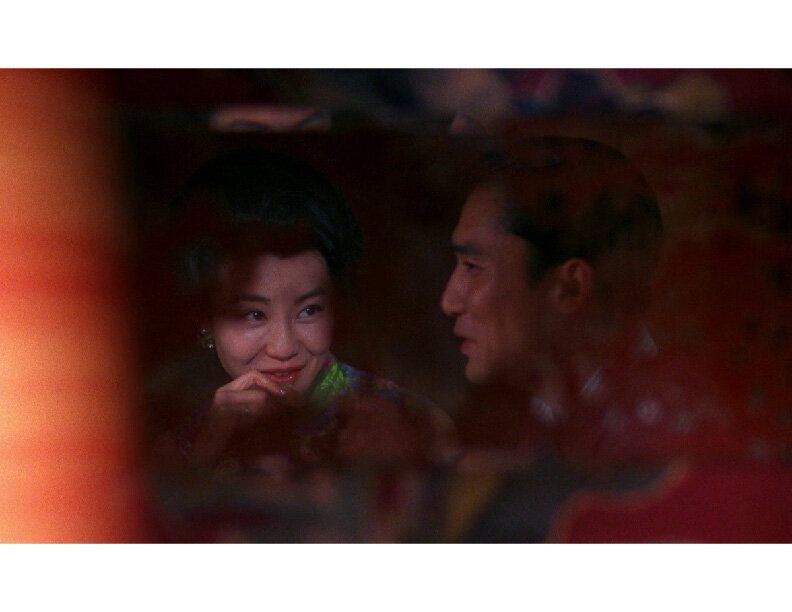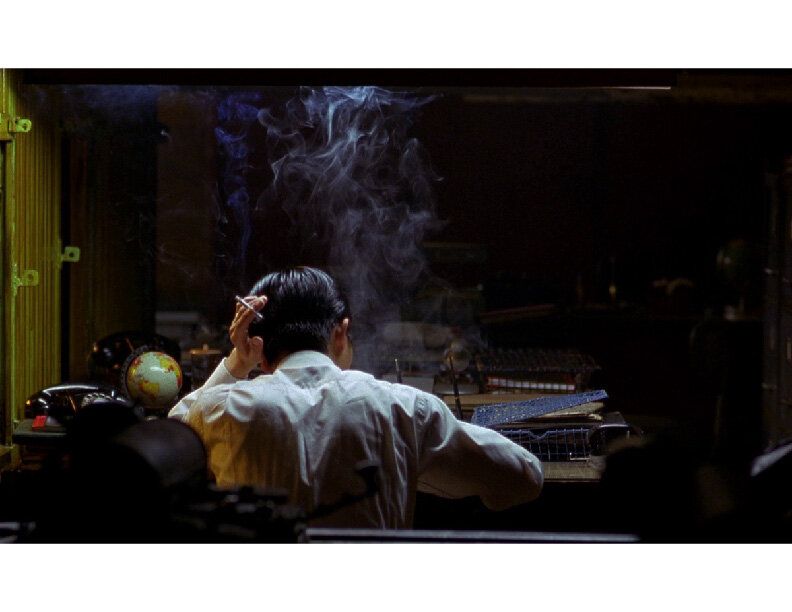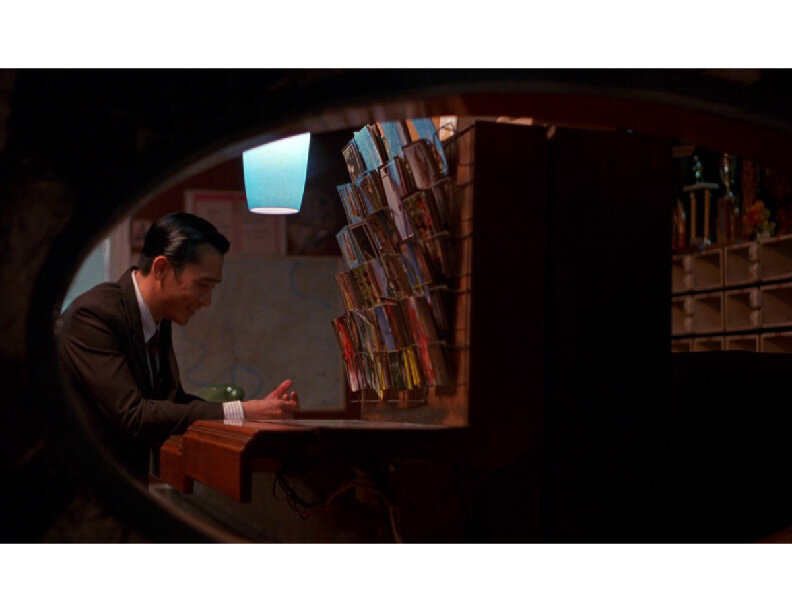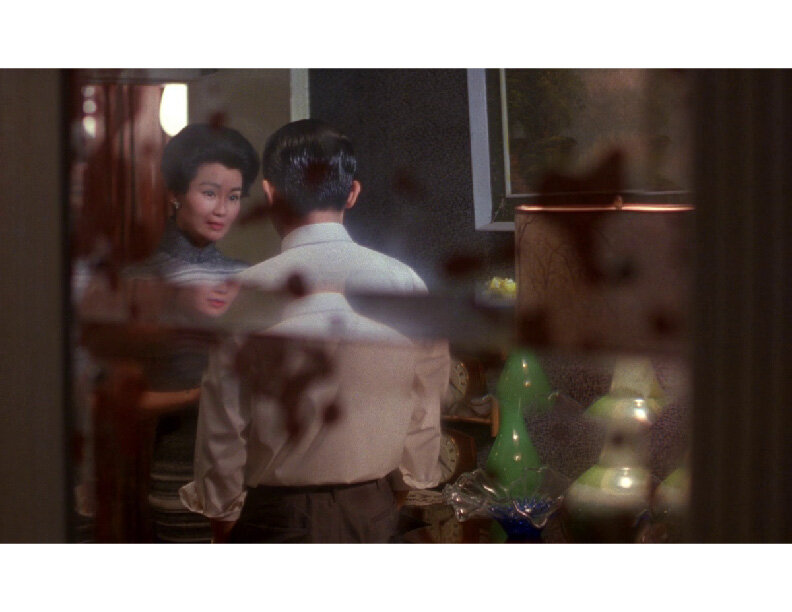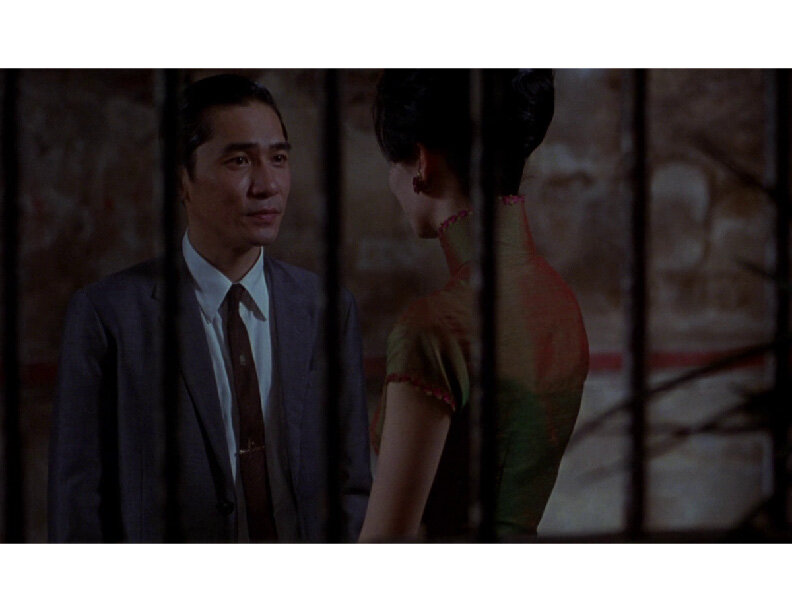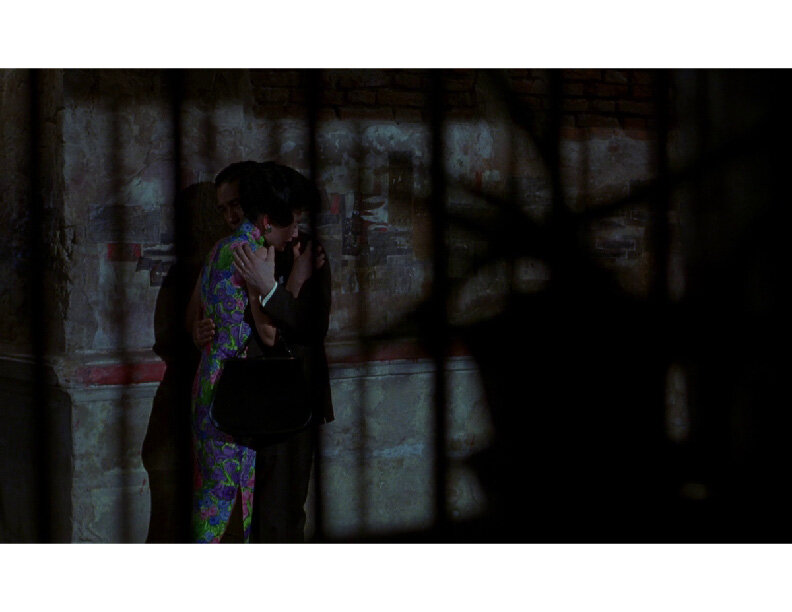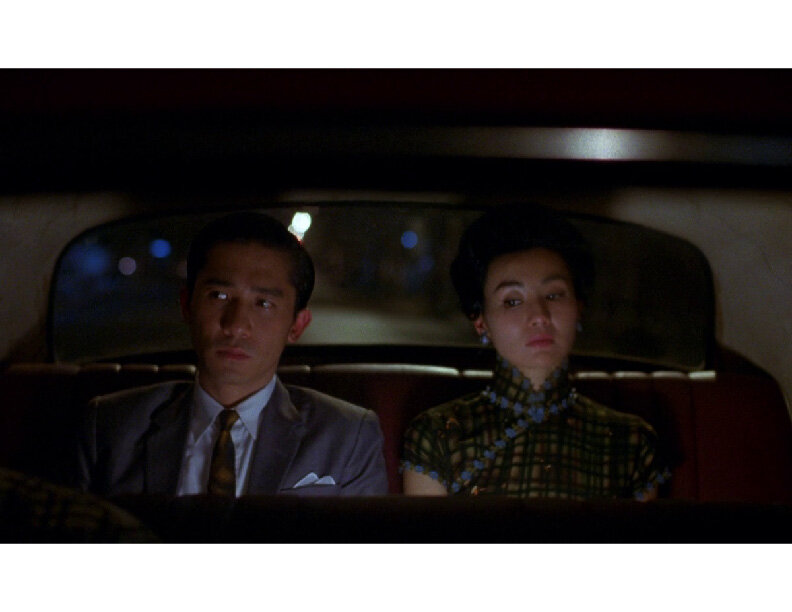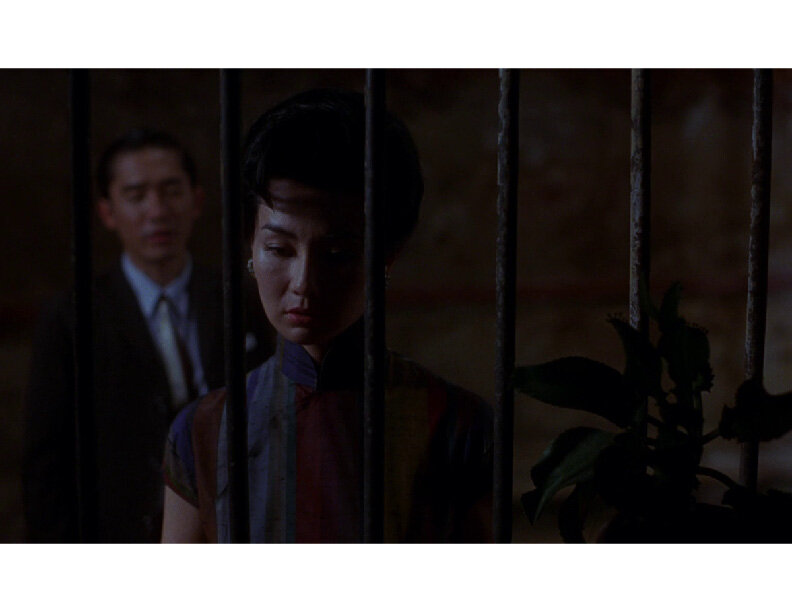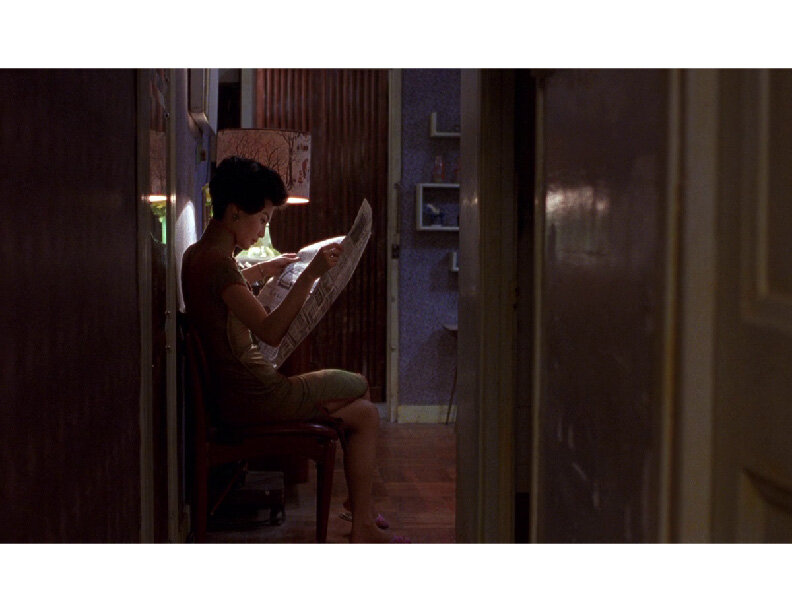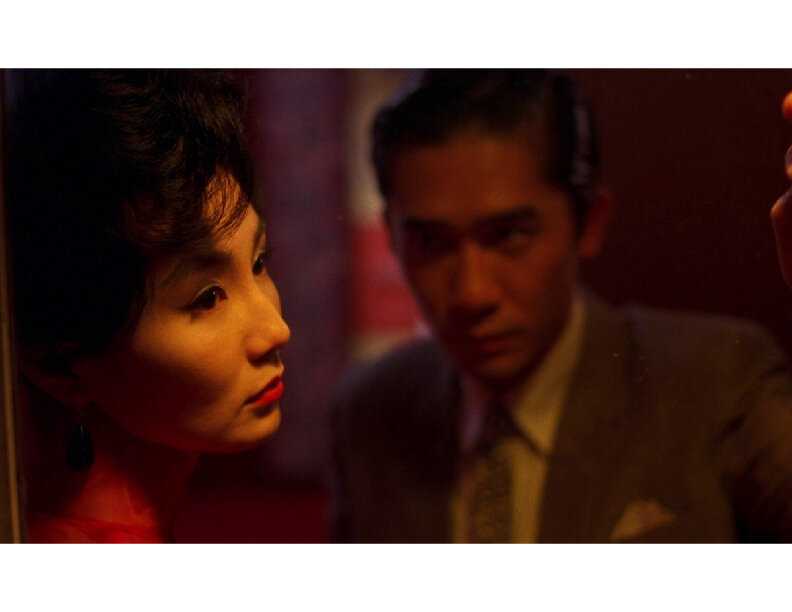Disclaimer: This article may contain spoilers if you haven’t watched the film yet!
我們不會變成他們的。。。
Since February 2021, ACMI (Australian Centre for Moving Images) celebrated Hong Kong director Wong Kar Wai’s artistic vision by reviving and rereleasing some of his memorable films. Titled Love & Neon: The Cinema of Wong Kar Wai- it’s a perfect name to encapsulate the neon colours that vividly make up the romantic visions of Hong Kong. Characteristically old buildings that refused to be heritage-protected nor removed backlit by bent tubes of fluorescent lights set the mood and add in lone strangers sauntering through the streets reminiscing about their days; otherwise, act as silent witnesses to watch the sunrise through the day - a classical portrayal of my beloved hometown.
We won’t become like them…
After the podcast with Adrian on architecture and film, as well as being a 35mm analogue enthusiast, my friend and I found ourselves on a weeknight sardined among eager film enthusiasts (or HK enthusiasts) to watch the critically acclaimed In the Mood for Love (2000). A quick synopsis: In The Mood For Love is about two characters Su Li-zhen (played elegantly by Maggie Cheung) and Chow Mo-wan (played by Tony Leung, very handsome might I add) who have come together after discovering their respective partners are having an affair with each other. Already a well-known film and being partially aware of the ending (heck they already give you written spoilers at the very beginning), I wasn’t confident in how I would feel about watching two isolated souls would make me feel. My friend, who also shared a similar sentiment decided that we would become each other’s anchor throughout the narrative.
In the Mood For Love presents itself as an eclectic of fragmented memories depicted through very forced cinema perspectives. From the very narrow corridor, or the reflection of the scratched and uncleaned mirror, I could understand what Adrian meant when he explained how he enjoyed the framing of the narrative. Some scenes were filmed with some form of barrier or gaps between window frames to almost feel like we’re also lonely strangers peeking into other lonely lives. There would be scenes where supportive characters were purposely left faceless to reinforce the true characters in focus - Li-zhen and Mo-wan. Only supporting characters’ whose comments would impact the perception of the other protagonist would be given a face. It was also towards the end of the film’s narrative that we are revealed of the intentional cinematography, which is predominantly told from Mo-wan’s perspective.
Don’t need to take it so seriously, this is all just and act…
Throughout the film, I was overwhelmed by abrupt edits and odd transitions between each scene. I was also losing the sense of time, as each dialogue would either overlap or repeat itself. Added the sudden sombre instrumental that would reappear in voiceless scenes, and one-liners that echo in lament in the blanks - it already sets a tone that this would eventuate to be a perspective from one of the two protagonists.
唔使喊喎,我地做戲啫。。。
What I found captivated about the film was the development of the characters, we already know the premise at the start were two lonely neighbours who wanted to understand their respective partner’s thoughts; and that their relationship will never result in anything because of the lines they drew from the very beginning. However, the development was there or regressed at different plots due to the somewhat fragmented edit. While fragmented, there was a form of logic at the beginning when halfway through we were surprised by a dialogue that felt completely out of the blue. Development was there, however was only spoken for in the backdrop - you would see the vivid hues gradually explode when the two escaped into their own world and personal space, and slowly return to the tungsten hum when they are forced to return to reality.
Hey, would you run away with me if I had another ticket?
As a hopeless romantic and a reader (and occasional writer) of heartbreak, it was the dialogue and delivery in In the Mood for Love that broke me the most. It felt so ordinary, and so natural before it all came crashing into a speech that I am all too familiar with. There was so much self-assurance at the start between the two leads, although I should have detected a tinge of uncertainty that would unravel it all. Yet it was the final lines that truly hurt, especially when the one-liners that were revisited once more. Perhaps it was knowing that these lines were seldomly spoken out loud in Cantonese that made the impact as well. Though I’ve never spoken to someone I’ve been infatuated in my own language - I already knew that it’s even hard to be vulnerable with those words, to see it manifested in film gave another layer to the characters that made me appreciate the film more.
Despite it being nearly two months since we’ve seen the film, my friend and I still think about the storyline sometimes. For me, it’s the same music and line still comes back for a dance when my mind wanders. As a hopeful spectator of their experimental love story, it’s heartbreaking when it doesn’t eventuate in the manner you’d hope for it to be.
But then, that was Wong Kar Wai’s style and intent - lonely souls in a crowded city.
如果我有多一將船費,你會不會跟我一起?
Related works: Archemist Podcast Episode 11// Architecture in Film (Feat. Adrian Fernandez), 6 May 2020
Notes (Footnotes if needed):
Love & Neon: The Cinema Of Wong Kar Wai - Running from Feb 18 - 31 May
In The Mood For Love (2000) - Dir. Wong Kar Wei; Dir. of Photography: Christopher Doyle & Ping Bin Lee; Production Design and Costume Design - William Chang
Images and information sourced from: Filmgrab, “In The Mood For Love” - [FILM GRAB], Filmgrab.com, accessed 27 May 2021, https://film-grab.com/2013/03/09/in-the-mood-for-love/#
